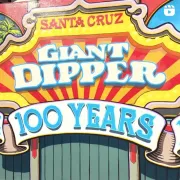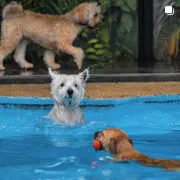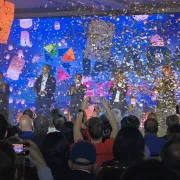“They now know we might need their manlift, so that piece can already be rolling after they make that call to 911,” Erickson says.
Rehnborg suggests attractions looking to form a lasting partnership with their emergency responders start by simply picking up the phone and proactively calling their fire department.
“I think the sooner you forge those relationships and partnerships, the better,” Rehnborg tells Funworld. “It has to be a continuous partnership. You cannot simply rely upon them during a crisis where there’s no baseline of relationship or understanding of each other’s procedures or perspectives.”
Rescue crews received a fresh perspective from 275 feet above the midway when lowering volunteers to the ground using a stokes basket, along with rappelling down Power Tower’s columns and Corkscrew’s track. The practice sharpened skills that can be transferred to other locations, such as television towers, bridges, cliffs and ravines, confined spaces, and taller buildings.
Prior to hosting a drill, attractions should connect with their insurance carriers to review their policies.
“At some places, it’s a delicate dance of working through the legal process,” shares Erickson. “We’ll actually have a written agreement that gets reviewed and signed by the legal folks.”
In the end, both the facility and the first responders are better prepared for a potential crisis.
“Hopefully it’s not something that we have to rely upon, But, by preparing for this kind of scenario, if it does come up, we can pull that lever and say, ‘Okay, let’s execute that plan that we’ve already prepared for, practiced for, and thought about.’ And that just gives you a lot more confidence,” Rehnborg concludes.





 المجلة الرسمية لـ IAAPA
المجلة الرسمية لـ IAAPA








